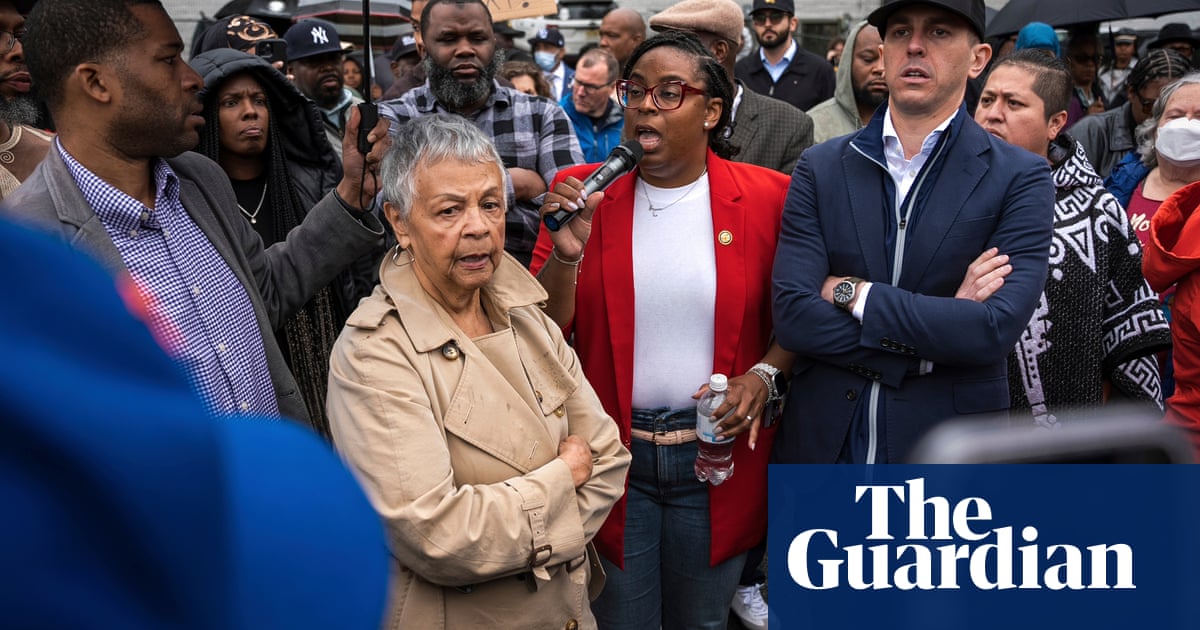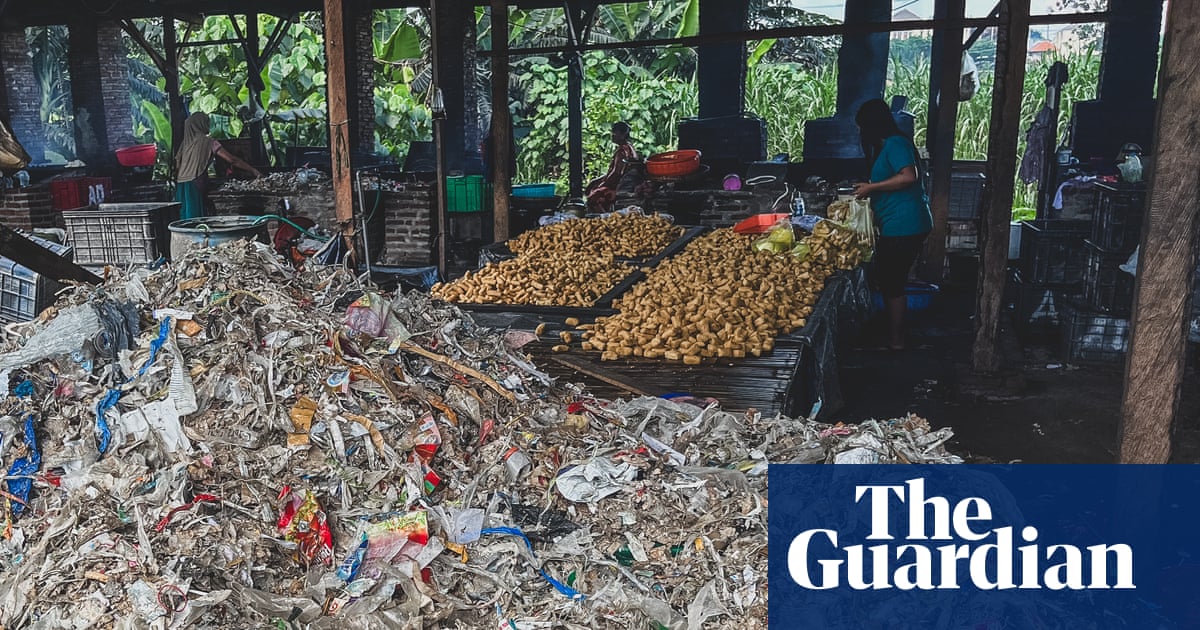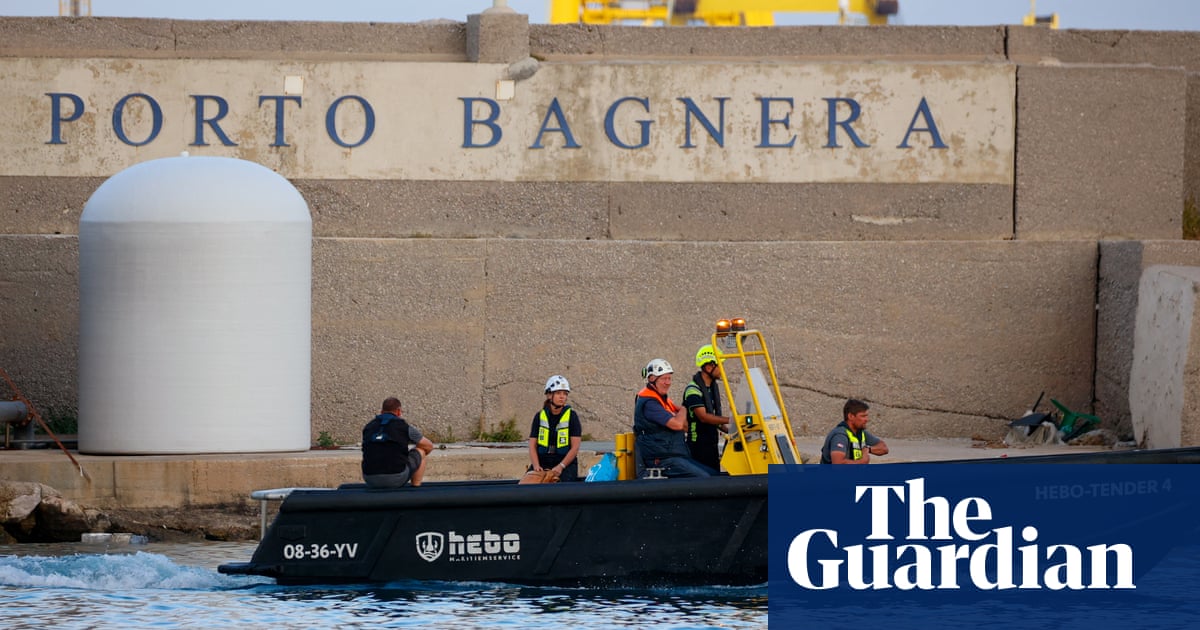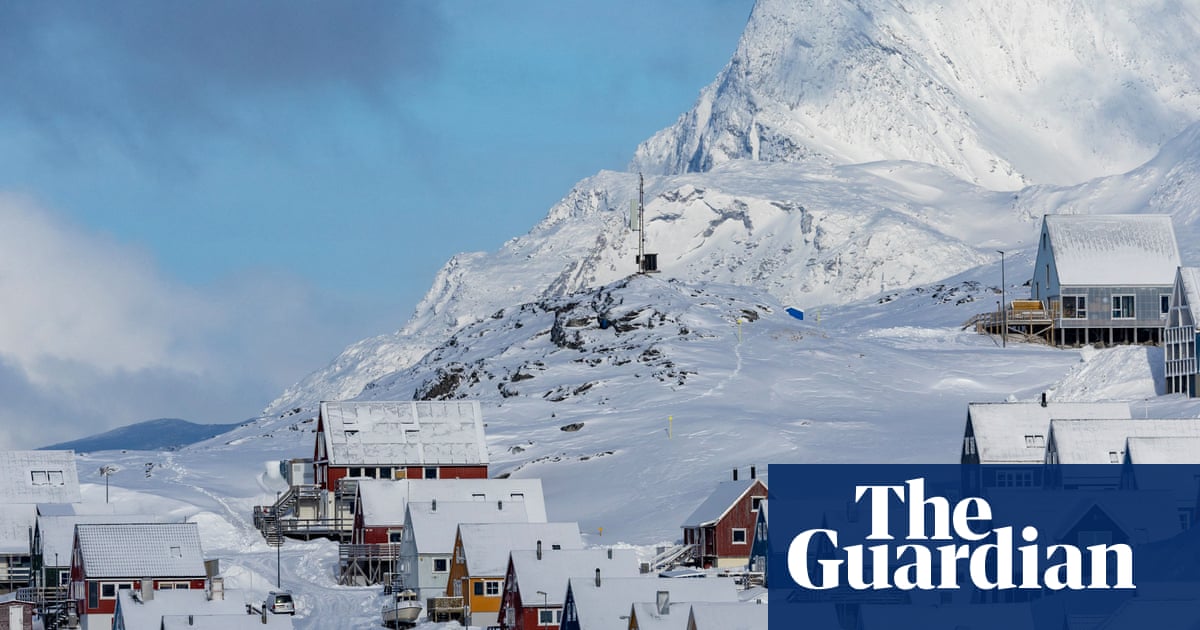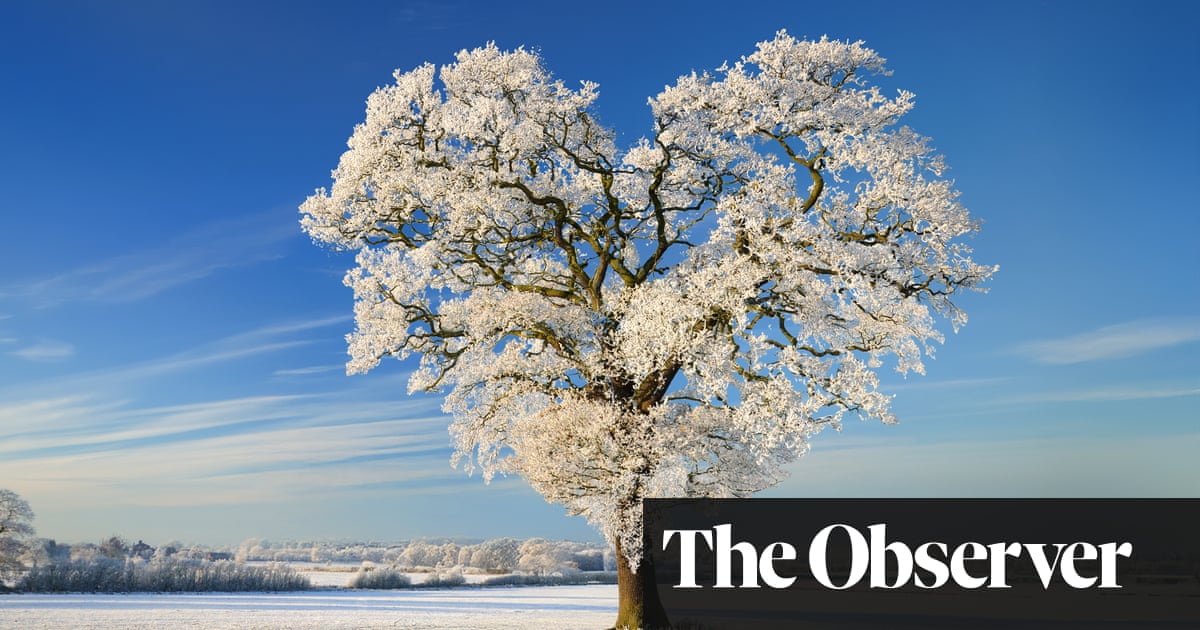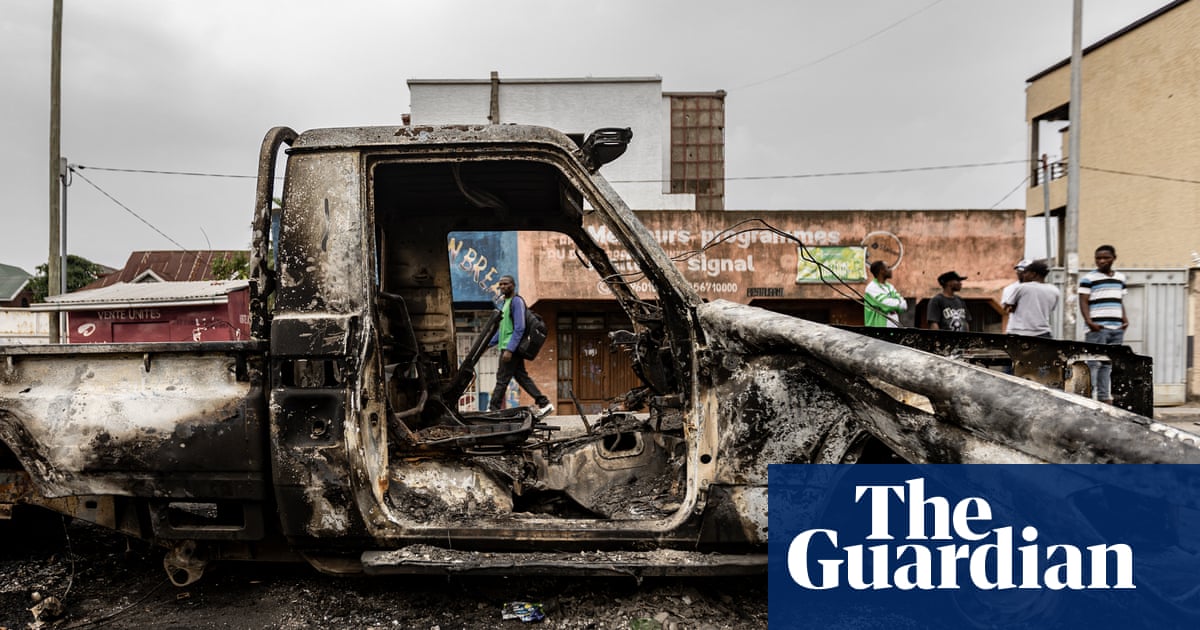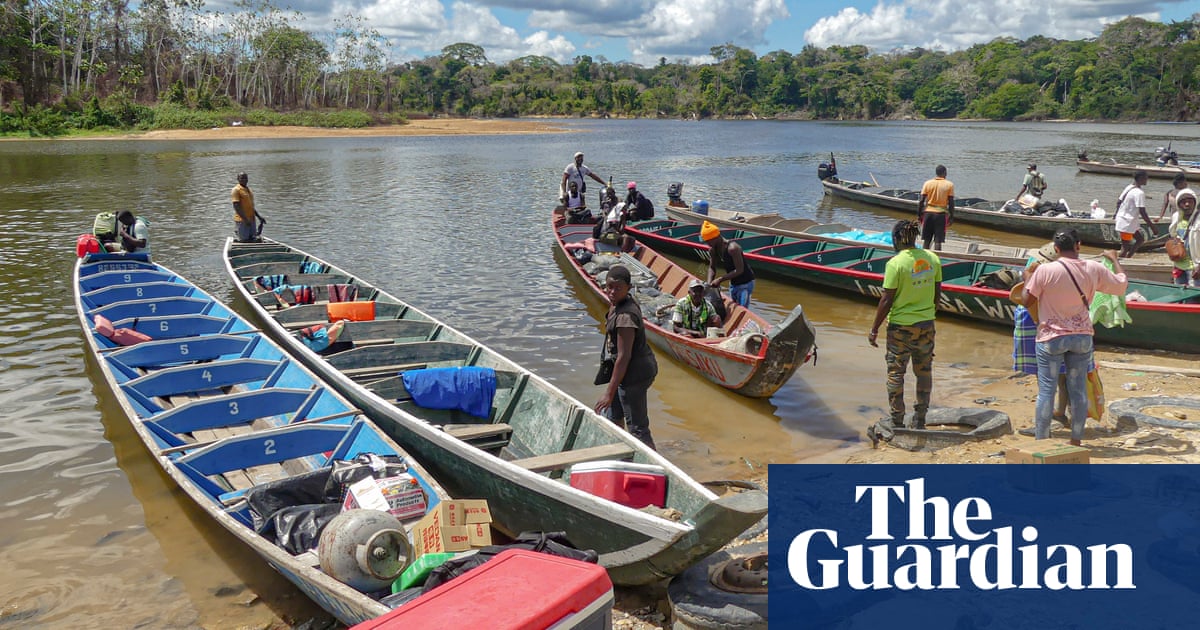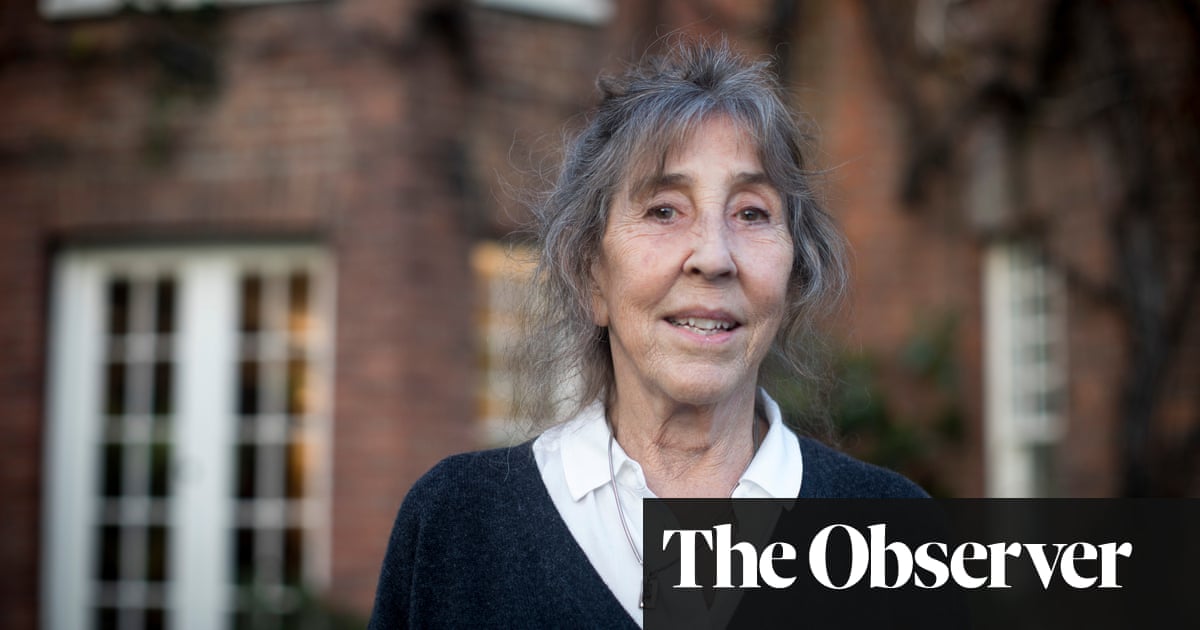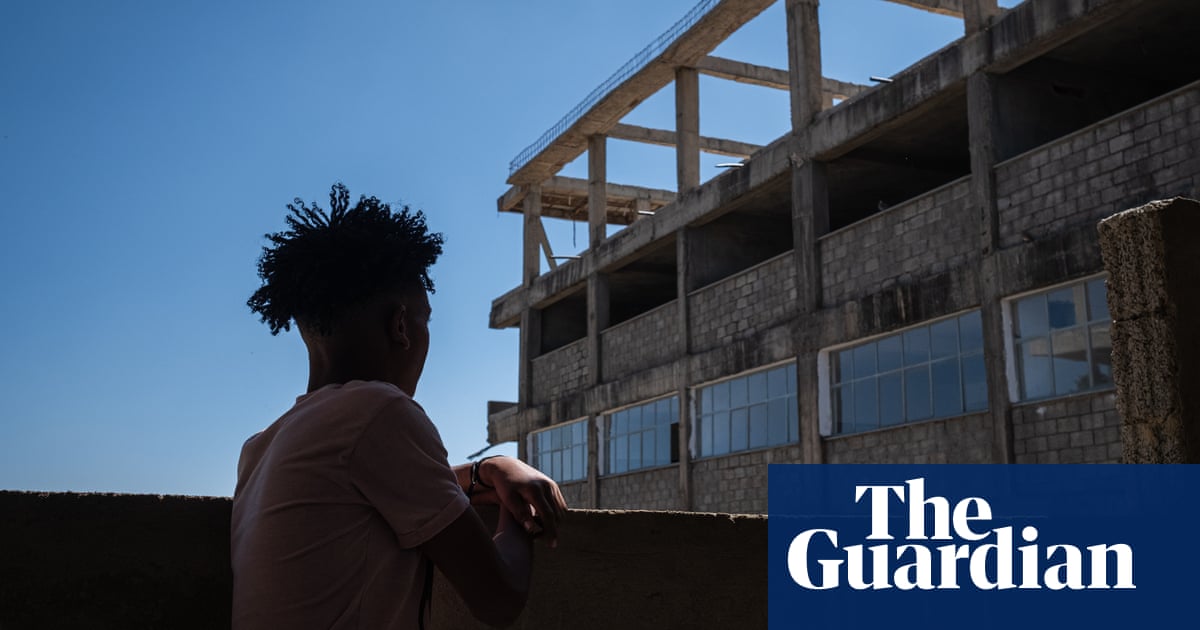“This could almost be part of Lapland, up here,” says retired researcher John Spence, approaching a clearing in the Correl Glen nature reserve in Fermanagh, near Northern Ireland’s land border with the county of Leitrim. “You could make a Nordic movie here and you wouldn’t be able to tell the difference.”
Spence pauses to point out oak, hazel, birch, ash and alder trees, along with a series of rare “filmy” ferns, wild strawberry bushes and honeysuckle. There are well over 100 species of lichen in this small patch of temperate rainforest alone.
These are the “gnarled oakwood remnants of the ancient Irish rainforests”, says Spence, who spent his career researching aquatic ecosystems. Tiny patches of them are scattered over this region, falling on both sides of the border. Today, this fragment is encircled by stretches of tightly packed coniferous plantations. “When I was young in the 50s, there was none of this coniferous forest,” he says, gesturing towards one darkening, square grid of pine. “It was all moorland.”

-
A path leads towards a sitka spruce forest in Glenboy, near Manorhamilton, in Leitrim
Trees that “could be classified with any degree of certainty as ancient” make up only 0.04% of land in Northern Ireland, according to the Woodland Trust. Across the border in the Irish republic, less than 2% of woods are native and an even lower percentage predate the brutal Tudor and Elizabethan clearances of the 16th and 17th centuries.
Ecologists across the island say it is essential to find, preserve and dramatically expand the precious fragments that remain. But that possibility may face a new threat: the rapid expansion of other trees – specifically, vast monocultures of introduced pine.

-
Eddie Mitchell says forests are displacing people, and bring nothing to the local economy
Eddie Mitchell, who lives about 18 miles (30km) away in the county of Leitrim, has seen the land tended by generations of his family shrinking. There is a sense of people in the area “being displaced”, he says.
An acute housing shortage is a well-documented force driving people out. But he says the proposals for new trees can also feel like a looming threat to people and places.
The island of Ireland has the lowest proportional tree coverage of any significant territory in Europe. The Irish republic has just 11.6% cover, and Northern Ireland’s levels are even lower at 8% – both well below the EU average of 38%. In response, the Irish government has ploughed more than €1.3bn (£1bn) into new forestry schemes. Having increased woodland cover by 12% in the decade to 2021, it is aiming to reach 18% overall coverage by 2050. Stormont has an even bigger task on its hands: Northern Ireland will need to up its afforestation rates eightfold by 2039 to meet its legislated net zero targets.
But in remote counties like Leitrim, negative memories of commercial forestry drives have mingled with anxieties over rural depopulation and ecological decline.
Mitchell, an independent representative at Leitrim county council, has taken aim at a “plantation”-based model of forestry, driven by intensive planting of non-native coniferous species, which is increasingly attracting overseas investors. The North American sitka spruce, which proliferates here, has become synonymous with this “industrialised” approach to replacing lost woodland.

-
The sitka spruce forest in Glenboy, where reforestation is not always welcome
“It’s completely the wrong way to go about the thing,” Mitchell says. “More sitka, more industrialised monoculture.”
The expansion of commercial forestry in Leitrim has had serious social impacts, according to Mitchell. Some sites have blocked sunlight reaching houses and can leave residents feeling “cut off”.
“We see commercial forestry as a form of extraction here,” he says.
Pat Glennon, director of the sawmill group Glennon Brothers, which owns a Fermanagh timber firm says forestry has been “unfairly blamed” for depopulation in Leitrim. Some past planting was “wrong”, he said – but new regulations prevent new trees being planted within 60 metres of a home, and plantations must set aside 15% of their land to be “left for biodiversity”.
Farmers planting native hardwood alone have been “sold a story”, Glennon believes, given the smaller existing market for hardwood. “The conifer is the one that pays the bills,” he says.
First famine then emigration have contributed to a reduction in Leitrim’s population to 35,000, less than a quarter of the recorded total in 1841. Land here has traditionally been considered poor, fetching one of the lowest per acre valuations in the Irish republic. This has made the county attractive for those looking to expand plantations for timber or carbon.
Mitchell says a number of townlands and small settlements across Leitrim have been abandoned in recent years, and “marginal” land – land that is not highly productive for agriculture – is increasingly targeted for plantations to help reach the last government’s ambitious reforestation goals.



-
Top: logs are transported from Manorhamilton, Ireland; and the timber is unloaded and processed at the Balcas plant in Enniskillen, Northern Ireland. Balcas is one of the largest sawmill operations in the UK and Ireland. Above: signs from local environmental campaign groups in Manorhamilton
As for the fragments of remaining ancient woodland, the task is to identify and protect them, according to ecologists, to increase their scant coverage. Part of the difficulty, says conservationist Hannah Northridge, is that a lot of important species, including many kinds of fungi and mosses, lie in the wetland substrate and are difficult to identify.
Identifying and protecting these rainforest fragments would strengthen another weapon against the climate crisis, says Eoghan Daltun, a rewilding farmer in west Cork’s Beara peninsula and author of The Magic of an Irish Rainforest.
Besides lacking the carbon storage benefits of native broadleaf species, Daltun points out that needly North American conifers can harm Ireland’s peat bogs, which are vital carbon sinks. He is concerned about the spread of what has happened in Leitrim, which was once among the areas with the most extensive native woodland cover on the island, but where more than 20% of land is now blanketed by non-native monoculture.

-
Moss, lichen and ivy in one of the last remaining patches of rainforest on the island of Ireland in Correl Glen natural reserve, County Fermanagh, Northern Ireland




“Ecologically, it’s a disaster because these places are dead zones. It’s a disaster for local communities in areas like Leitrim where people … end up surrounded and hemmed in by these walls of dark deadness,” says Daltun.
All agree that it is imperative to stop planting coniferous monocultures on landscapes that do not support these non-native species.
“The animal life is much impoverished in these forests,” Spence says. “Sitka spruce simply does not allow the biodiversity to flourish.”
At a site on the outskirts of the Leitrim town of Manorhamilton, Mitchell points out clusters of fallen sitka spruce trees – some at an angle of nearly 45 degrees, some horizontal. Their roots struggle to gain purchase in this boggy terrain, he says, and they are easily uprooted during storms.

-
Fallen trees in a plantation of sitka spruce in Glenboy, Leitrim
This was in evidence during the aftermath of Storm Darragh at the end of last year, which took out large clusters of coniferous plantations and left thousands of homes without power for days. So extensive was the damage that tree harvesters were brought in to remove the wreckage. In January, Storm Eowyn caused massive tree falls and significant damage across Ireland.
There is a decades-long history of local people resisting state-led and private forestry initiatives across Leitrim. The recent involvement of overseas speculative financial vehicles, such as a Canadian teachers’ pension fund, in these forestry-based land investments have lent fresh impetus to local opposition. In summer 2023, campaigners ripped up sitka spruce saplings as part of a demonstration linked to an annual climate event. A grassroots organisation, Save Leitrim, meets regularly to coordinate opposition to new forestry applications.
Irish forestry bodies defend the continued planting of coniferous trees. A spokesperson for semi-state company Coillte told the Guardian fast-growing sitka spruce was “excellent at combating climate change”.
The Social Economic Environmental Forestry Association of Ireland, a private sector industry group, says that higher environmental standards now include protections for bogs and ancient woodlands, and that all new plantations were assessed to ensure they complied with EU habitat protections.

-
Thomas Early says he has planted more than 16,00 native ash, oak and alder trees on his land in Drumshambo, Ireland
Not all forestry initiatives in this part of Ireland have been feeding into local discontent.
Thomas Early, a suckler cow farmer by the south-west shore of Lough Allen, takes a different approach to restoring the land. He has planted just under 20 acres of his plot with native ash, oak and alder since 2010, he says, and has introduced more than 16,000 trees.
Early understands that “everyone has to make money some way”, but believes that past forestry drives in this part of Ireland have been shortsighted.
“The problem is that a lot of it was planted just to harvest the grants from it,” he says, “rather than a love of trees or wanting to improve the land.”
Early says he has seen the first appearance of jay birds in the woodland he has planted on his farm and expects some 50 species of insects and birds to make it their home.
“Obviously, sitka wasn’t the right choice to start with,” he says. “Now we have to go back and tidy up [some of] the mistakes that were made.”

 3 months ago
92
3 months ago
92


